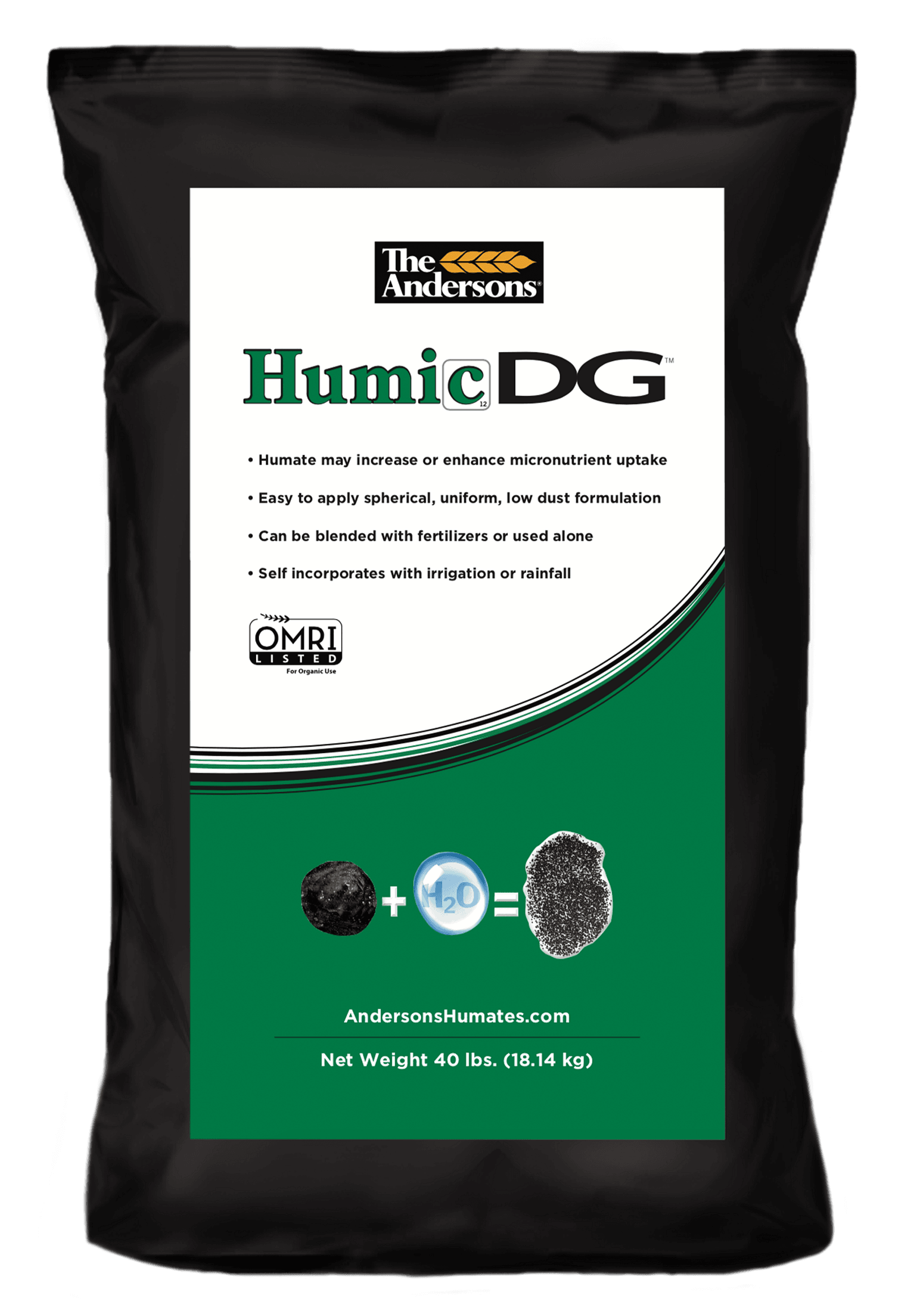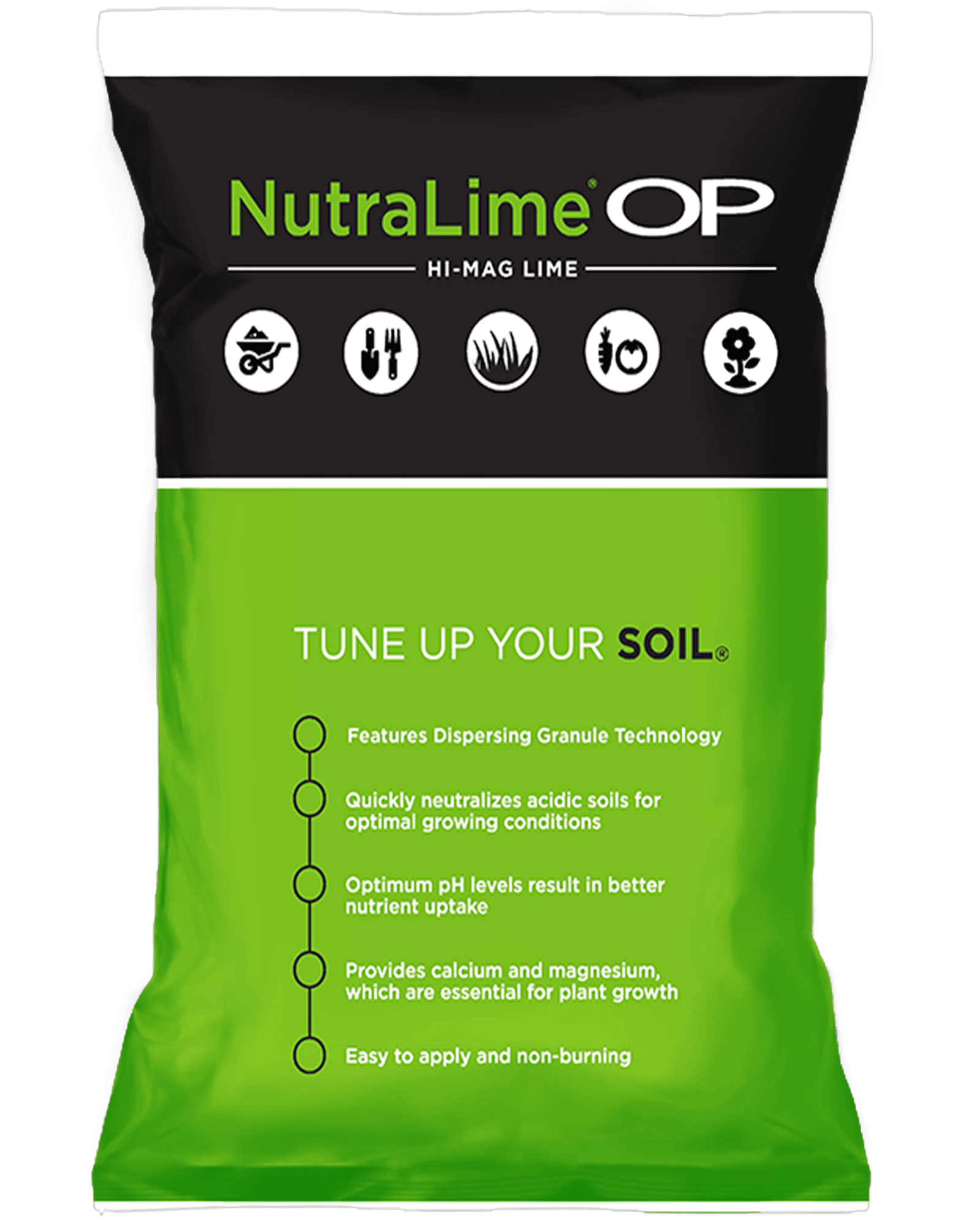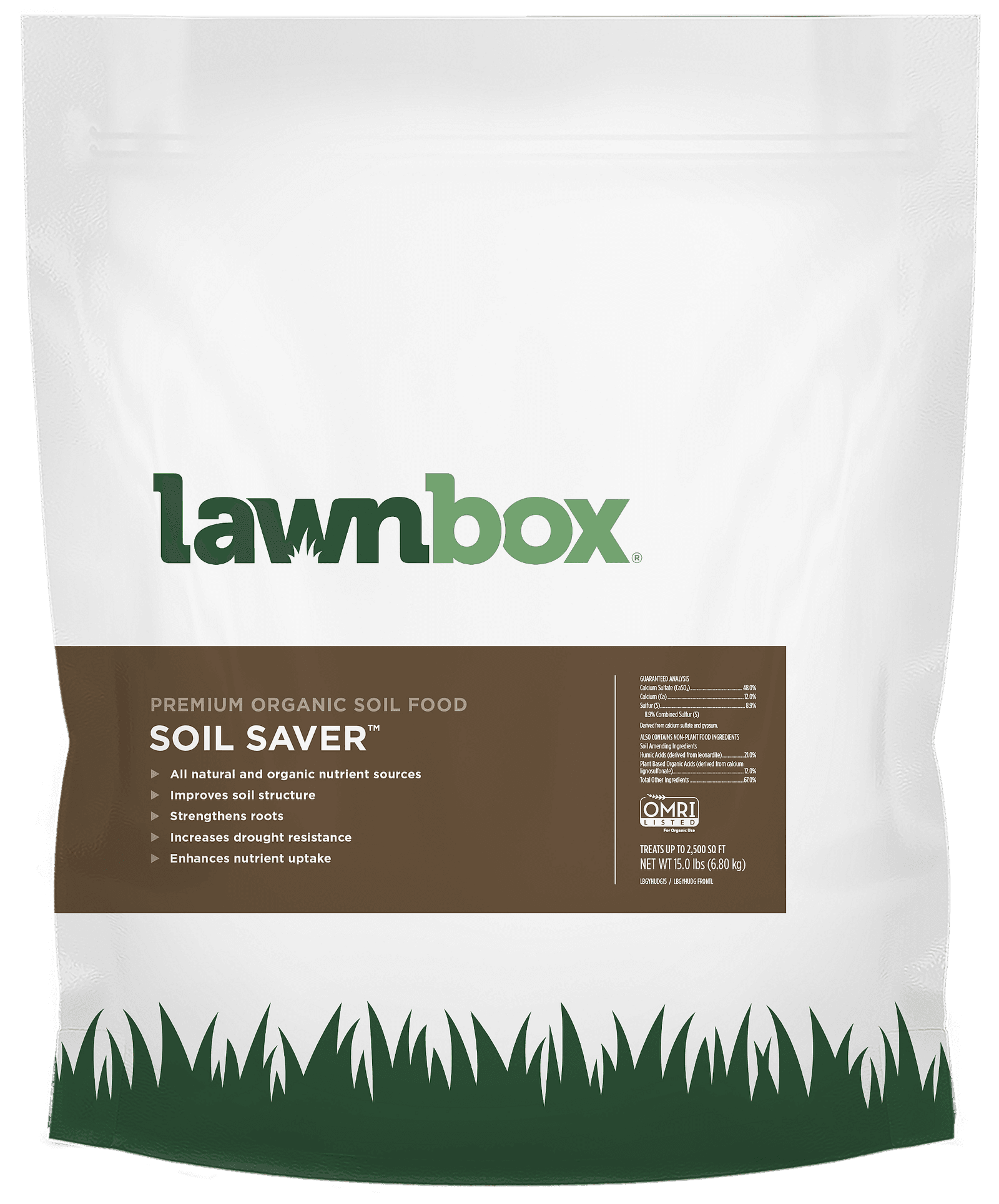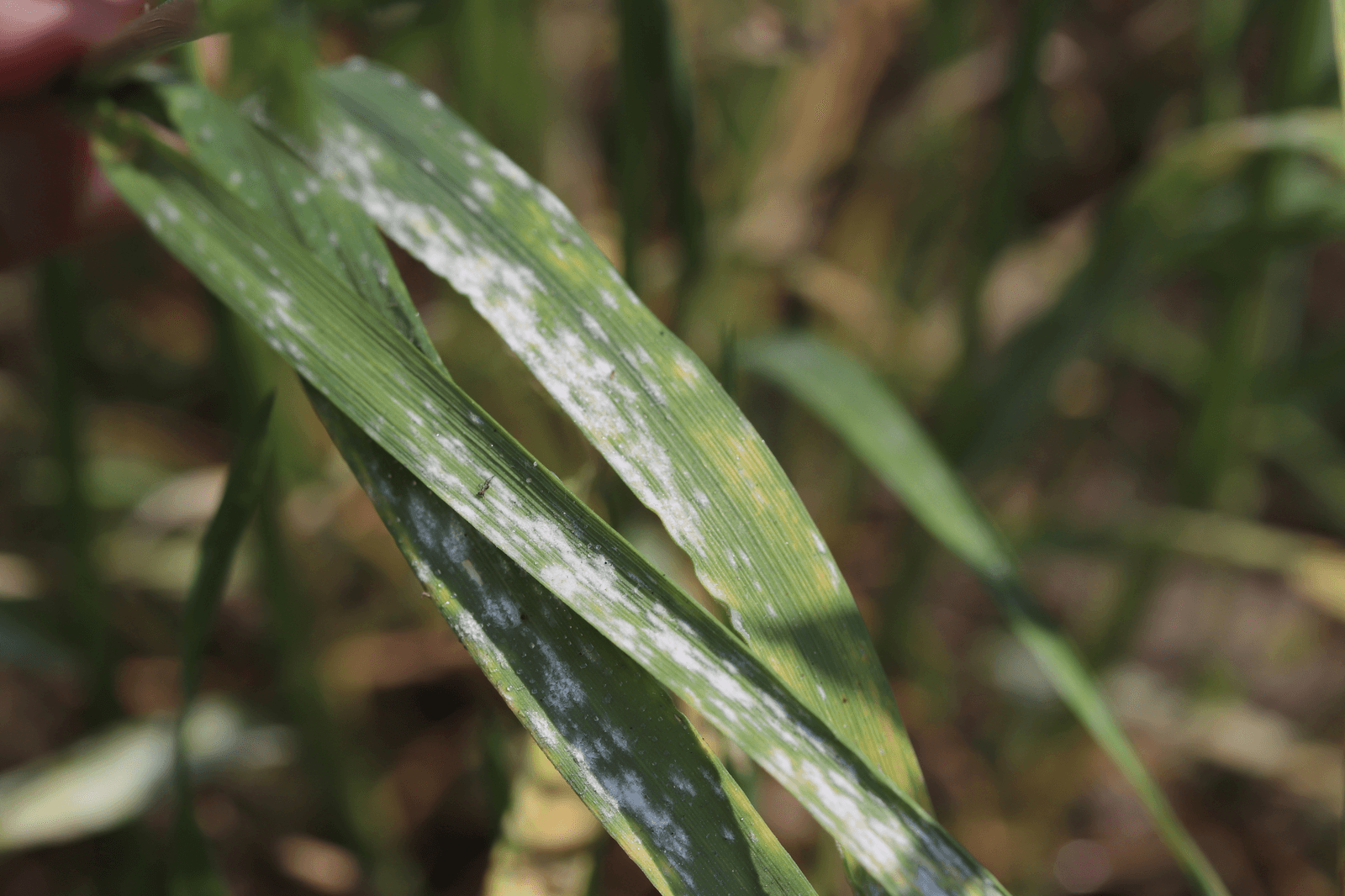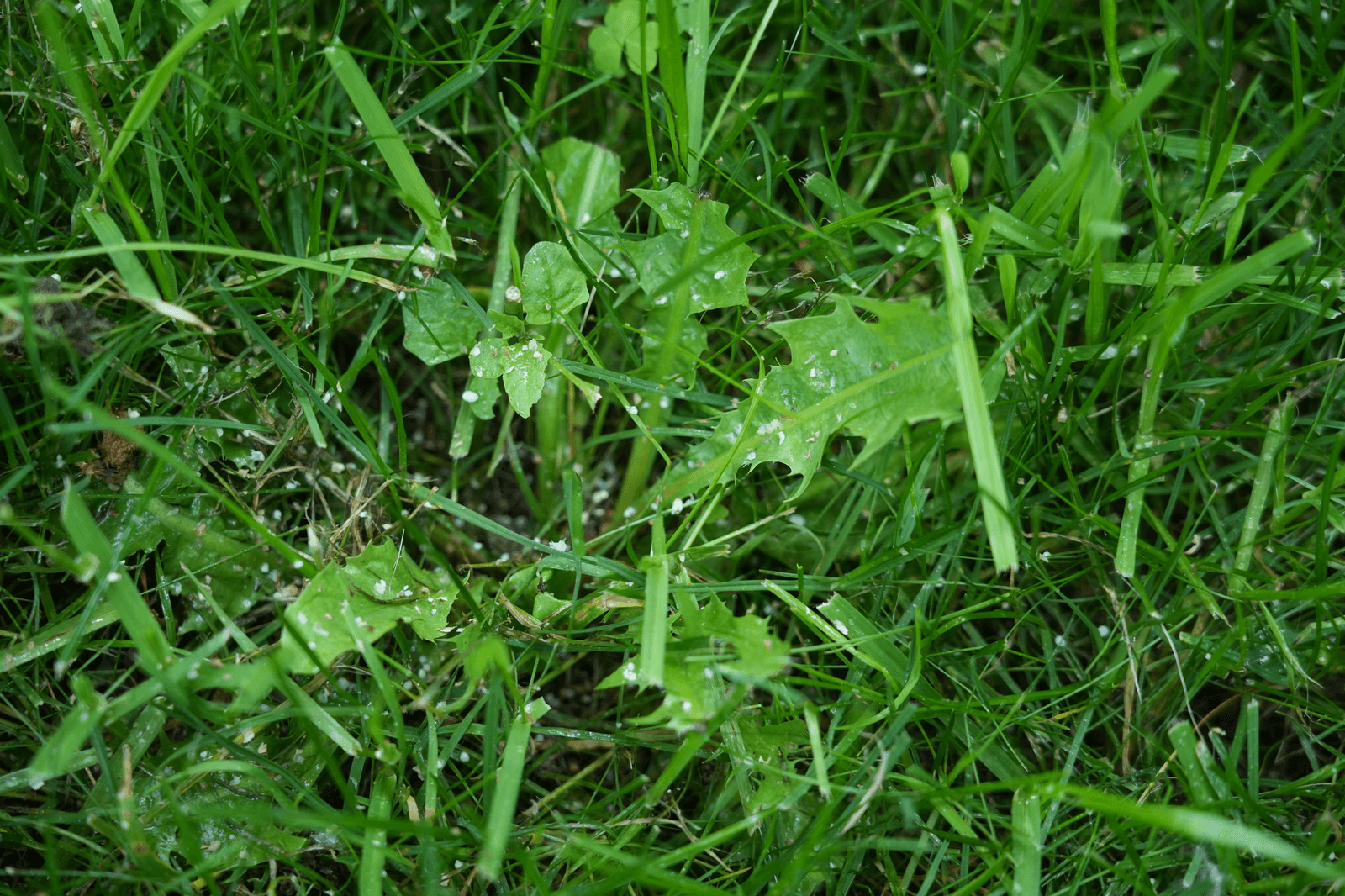A beautiful, lush lawn is the pride and joy of any homeowner, but, achieving that emerald-green carpet can sometimes be a challenge, especially if you're dealing with compacted soil, thatch buildup, or poor water penetration. That's where core aeration can help to the rescue.
What Is Core Aeration?
Core aeration is a crucial lawn care practice that involves perforating the soil with small holes, typically 2-4 inches apart, and extracting plugs of soil and thatch from the lawn. This process allows for better air, water, and nutrient penetration into the soil, promoting healthy grassroots and a vibrant lawn.
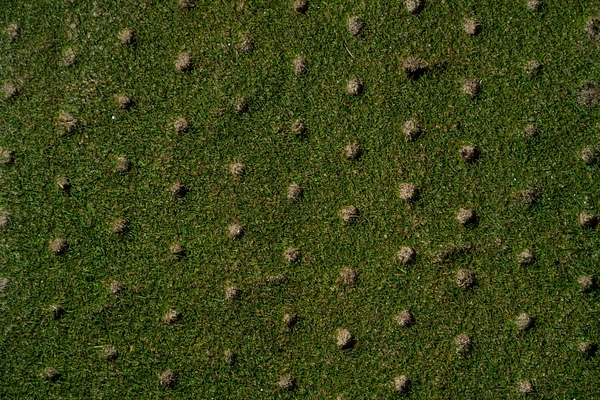
Why Should You Aerate Your Lawn?
- Reduce Soil Compaction: Over time, heavy foot traffic, mowing, and natural settling can lead to compacted soil. Compaction restricts the movement of air, water, and nutrients to the grassroots, stunting their growth. Aeration breaks up this compaction, revitalizing your lawn.
- Improve Nutrient Uptake: Lawn fertilizers, when applied, need to reach the root zone effectively. Aeration ensures that nutrients can penetrate the soil and reach the roots, leading to healthier, greener grass.
- Enhance Water Absorption: Compacted soil can cause water to run off the surface rather than being absorbed. Aeration allows water to penetrate deeper into the soil, reducing runoff and helping your lawn withstand drought conditions. Improved water absorption also means you can water your lawn less frequently, saving water and money.
- Thatch Reduction: Thatch, a layer of dead grass and organic matter, can accumulate on the soil's surface. Aeration helps break down thatch by introducing beneficial microorganisms to the soil that break down organic material.
- Encourage Root Growth: Healthy roots are the foundation of a vibrant lawn. Aeration stimulates root growth by providing space for roots to expand and access essential nutrients and moisture.
- Disease Resistance: A well-aerated lawn is less susceptible to diseases because the improved airflow reduces moisture buildup on the grass blades.
- Weed Suppression: A healthy lawn is naturally more resistant to weeds, as the dense grass crowds out potential invaders.
- Enhanced Lawn Appearance: Aeration gives your lawn a more manicured appearance, enhancing your property's overall curb appeal.

HOW TO AERATE YOUR LAWN:
1. Choose the Right Time: Aerate your lawn during its growing season when the grass can recover quickly. For cool-season grasses, this is typically in the early spring or early fall. For warm-season grasses, aerate in late spring or early summer.
2. Prepare Your Lawn: Before aerating, mow your lawn to a lower-than-normal height and water it thoroughly. This helps the aerator penetrate the soil more effectively.
3. Select the Aeration Equipment: You can choose between manual aerators (spike aerators or plug aerators) or power aerators (gas or electric). The choice depends on the size of your lawn and your preferred method.
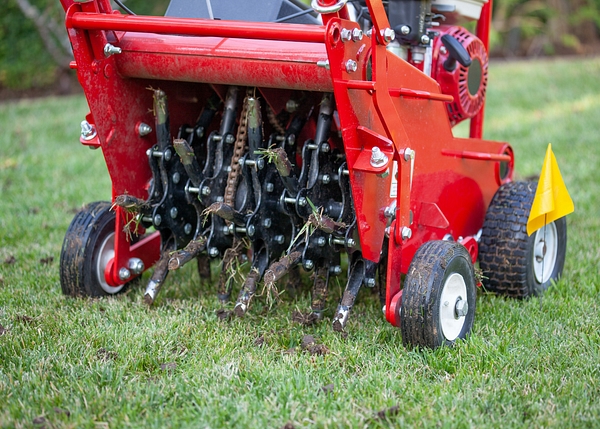
4. Aerate the Lawn: Follow the manufacturer's instructions for your chosen equipment. Generally, you'll make multiple passes across your lawn, ensuring even coverage.
5. Clean Up: Leave the soil plugs on the lawn; they will break down over time. You can also rake them to distribute the soil evenly if desired.
6. Fertilize and Water: After aeration, apply fertilizer and water your lawn to promote recovery and nutrient absorption. It is also recommended to apply a soil amendment, such as Humic DG, BioChar DG or HumiChar, in conjunction to the fertilizer to provide the soil with beneficial soil microbes.
Don't overlook this essential step in your lawn care routine. Core aeration is a fundamental practice for maintaining a beautiful and healthy lawn. By allowing air, water, and nutrients to reach the roots, you'll be on your way to enjoying a vibrant, lush lawn that's the envy of your neighborhood.

